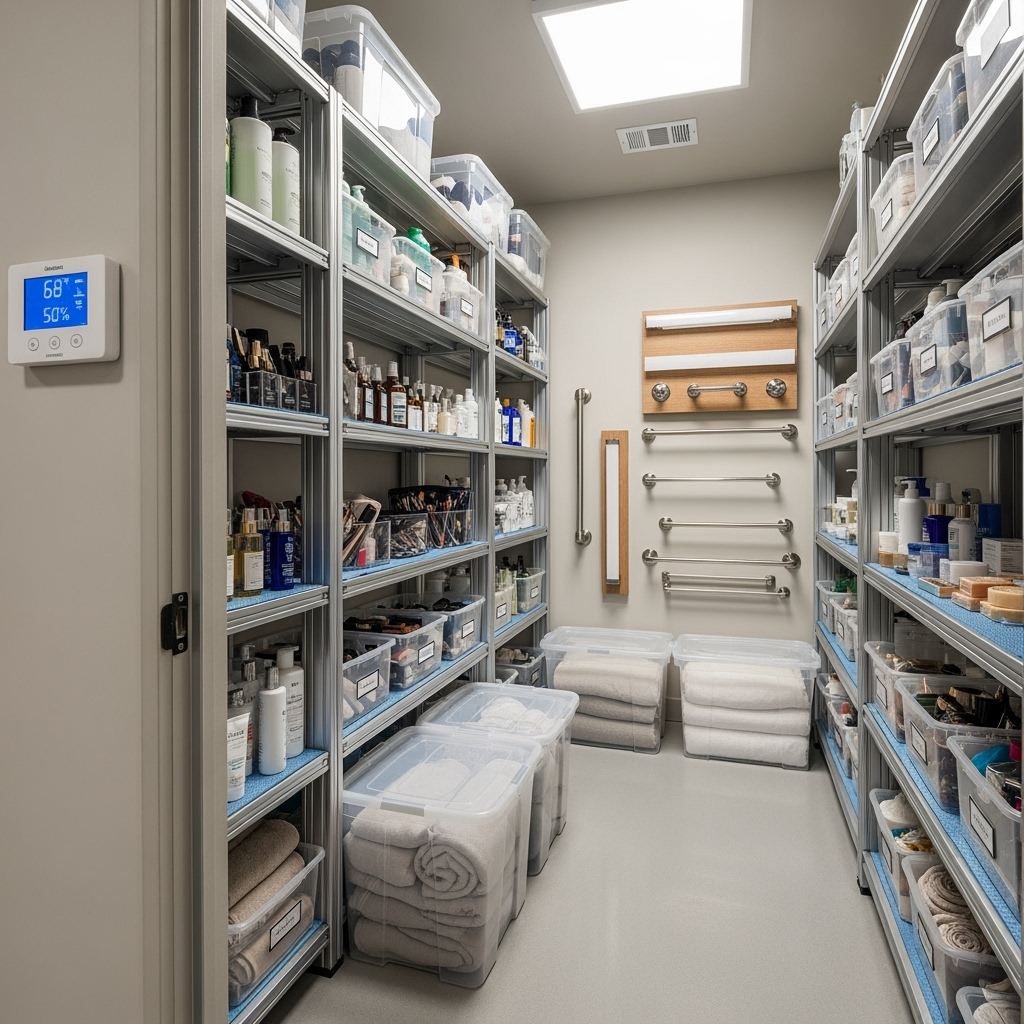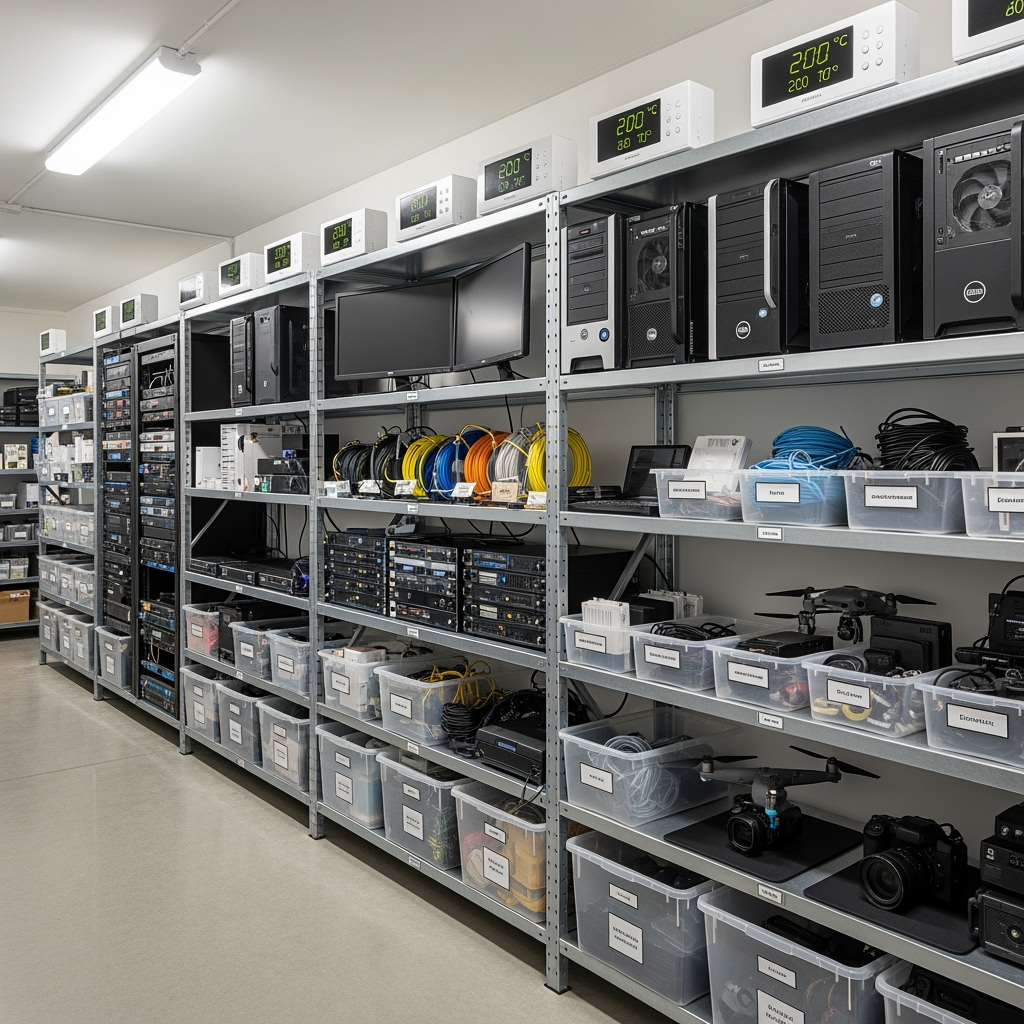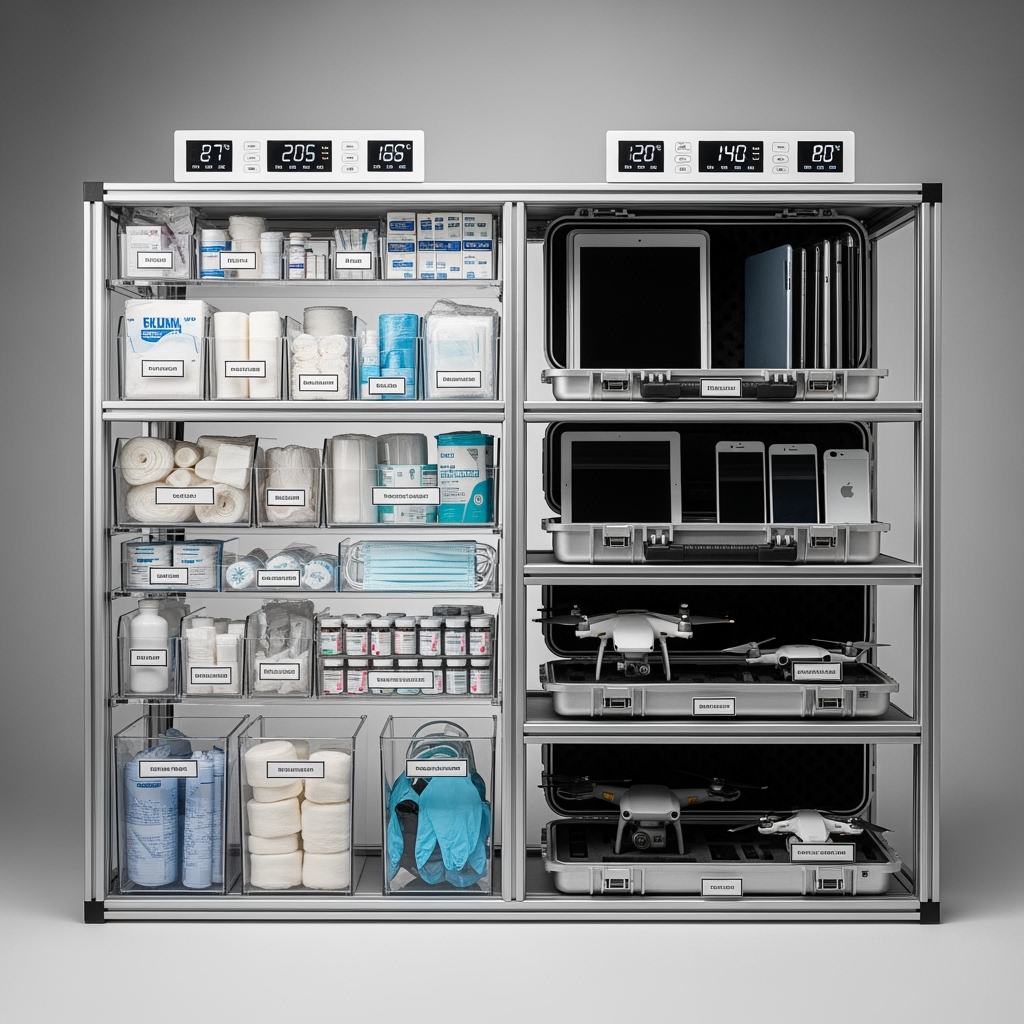Why Climate-Controlled Storage is Essential for Winter Sports Equipment
As winter sports enthusiasts pack away their gear for the off-season, proper storage becomes crucial for protecting valuable equipment. From expensive skis to delicate snowboards, these investments deserve more than just a spot in your garage. Let’s explore why climate-controlled storage is your best choice for off-season equipment protection.
Temperature and Humidity Control: Your Equipment’s Best Friend
Winter sports equipment faces unique challenges during summer storage. Consistent temperature and humidity levels are essential to prevent:
- Warping of skis and snowboards
- Degradation of binding materials
- Rust formation on metal components
- Mold growth in boots and fabric gear
Essential Storage Preparation Steps
Before storing your winter sports equipment, follow these crucial preparation steps:
- Clean and dry all equipment thoroughly
- Apply protective wax to ski and snowboard bases
- Loosen bindings to reduce tension
- Use equipment-specific storage bags or covers
Organizing Your Storage Space
Maximize protection and accessibility with these storage organization tips:
- Store skis and snowboards vertically when possible
- Use dedicated racks or wall mounts
- Keep boots elevated and stuffed to maintain shape
- Store clothing and accessories in sealed containers
Special Considerations for Different Equipment Types
Skis and Snowboards
Position these away from direct light and maintain moderate temperature. Use straps or specialized holders to prevent warping.
Boots and Bindings
Store boots buckled (but not tight) and bindings slightly loosened. This maintains shape while reducing stress on materials.
Winter Clothing and Accessories
Clean thoroughly and store in breathable bags. Keep gloves and goggles in protective cases.
Monitoring and Maintenance During Storage
Regular check-ups ensure your equipment stays in prime condition:
- Monthly inspections for any signs of moisture or damage
- Rotate equipment position if necessary
- Check storage unit temperature and humidity readings
- Address any concerns immediately to prevent long-term damage
Preparing for Next Season
When winter approaches, follow these steps to reactivate your equipment:
- Inspect all gear thoroughly for any storage-related issues
- Have bindings professionally checked and adjusted
- Test all equipment components before first use
- Replace any degraded items before hitting the slopes
Professional Storage Solutions
Consider these professional storage options for optimal protection:
- Climate-controlled storage units
- Specialized sports equipment storage facilities
- Professional maintenance services
- Insurance coverage for stored items
When to Upgrade Your Storage Solution
Look for these signs that indicate it’s time to upgrade your storage approach:
- Equipment showing signs of environmental damage
- Increasing collection value
- Limited home storage space
- Need for better security and protection
Investment Protection Tips
Protect your winter sports investment with these additional measures:
- Document equipment condition before storage
- Maintain detailed inventory records
- Consider additional insurance coverage
- Keep maintenance and storage receipts
Conclusion
Proper off-season storage of winter sports equipment is an investment in your gear’s longevity and performance. Climate-controlled storage provides the optimal environment to protect your valuable equipment, ensuring it’s ready for action when winter returns. Follow these guidelines to maintain your gear in pristine condition and extend its lifespan for many seasons to come.










Leave a Reply